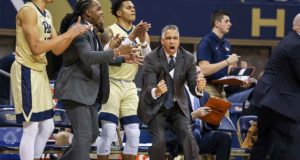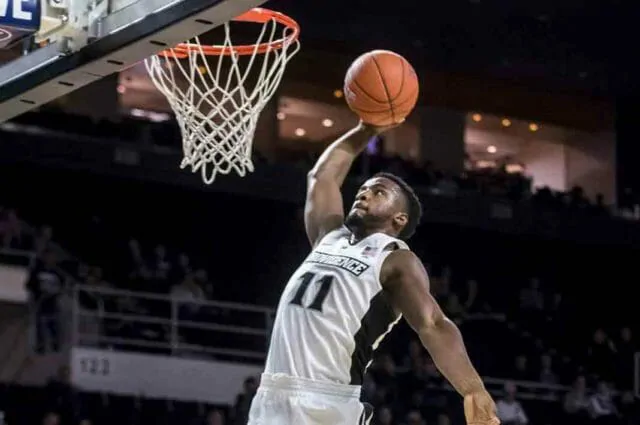
In recent weeks, we’ve gone back to “re-rank” the classes of 2017 and 2018. The exercises have proven to be both popular among our readers and useful internally as it helps to pinpoint commonalities among players that were either over or under-rated.
The vast majority of the time, rankings tend to reflect a prospect’s market value in an effort to illuminate the viewpoint of college coaches. Prospects with wide-ranging high-major recruitment are ahead of prospects with mid-major recruitment and so on.
The fixation on level remains one of the most common mistakes prospects can make during the recruiting process. The vast majority of players want to go to the highest levels possible and yet years later when we re-examine these rankings, the emerging pattern makes it very clear that those who value fit over level, not only end up having the best career but put themselves in position to keep playing after college.
The class of 2016 is a classic example of that. On the surface the group was known for its top four players – Wenyen Gabriel, Omari Spellman, Mustapha Heron, and Bruce Brown. But beyond that, it was littered with prospects who thrived at mid-major levels and in the process out-performed others who went to the high-major levels.
As a result, things look much different when we re-rank that group.
#1 Bruce Brown, Vermont Academy, Miami, Detroit Pistons (Original Ranking #4)
2019-20 Stats: 28.2 min, 8.9 pts, 4.7 reb, 4.0 ast, 1.7 to, 1.1 stl, 44% FG, 34% 3pt, 74% FT
Brown arrived at Vermont Academy as part of a heralded sophomore class that also included KJ Santos, Sedee Keita, and Christian Vital. Ironically, Brown arrived with the least fanfare but quickly emerged as both the best player and prospect. His ascension was based on three-factors – he was a high-level athlete with a high-motor who continued to improve his game at each step along the way. Four years later and that hasn’t stopped. Brown made an immediate impact at Miami as a freshman and was quickly being mentioned for the NBA Draft. He returned for his sophomore year but was derailed by injury, a stroke of bad luck which probably cost him a spot in the first round and the consequent guaranteed contract. Nonetheless, he was chosen by the Pistons in the second round and has exceeded expectations since, starting 56 of 74 games as a rookie and 43 of 58 this year. The Achilles heel of his game, his jump-shot, has made strides in recent years as well as he made 34% from three this year, enough to keep defenders honest while changing the game with his own defense, perimeter rebounding, and other versatile skills.
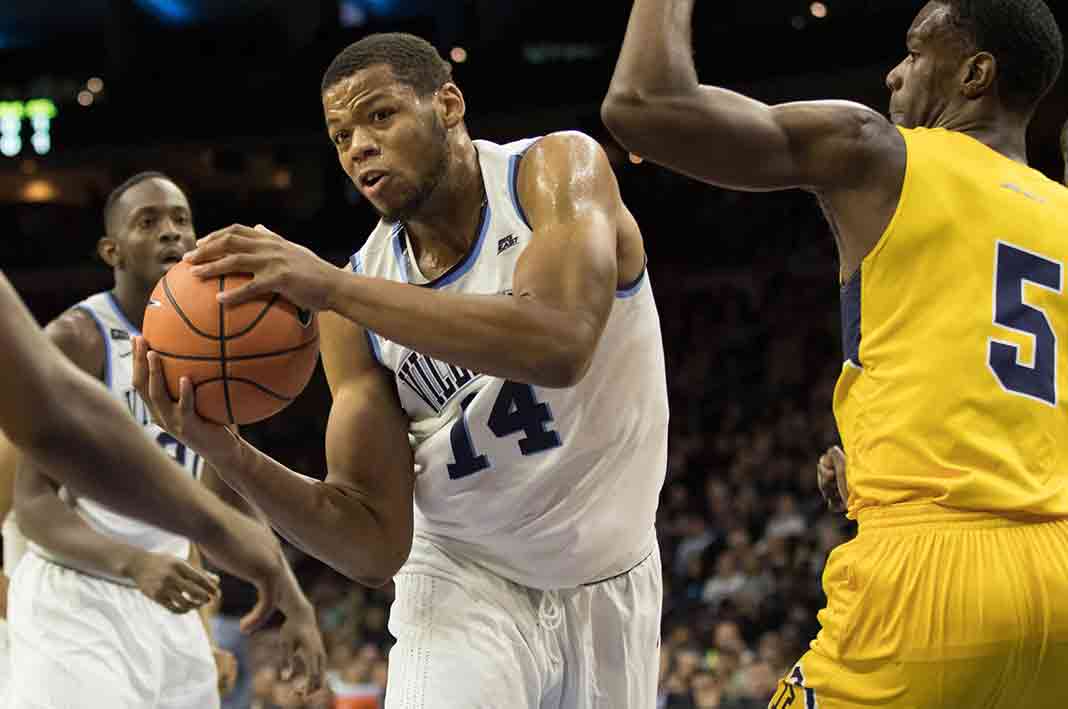
#2 Omari Spellman, St. Thomas More, Villanova, Minnesota Timberwolves (Original Ranking #2)
2019-20 Stats: 18.1 min, 7.6 pts, 4.5 reb, 1.0 ast, 1.1 to, 0.7 stl, 0.5 blk, 43% FG, 39% 3pt, 79% FT
Spellman made his New England debut at the MacDuffie School where he made it immediately evident that he was one of the top prospects in the region. The wide-bodied, but ultra-skilled and even sneaky athletic, big man had consistent battles with his conditioning, but his impact was undeniable. He led St. Thomas More to their best season in recent years as a senior before heading off to Villanova. He initially red-shirted as a freshman, which might have ultimately been a blessing in disguise as it allowed him to prioritize his conditioning. As a sophomore, he was the starting center for a team that won a national championship as his role as the team’s stretch-five immediately intrigued NBA personnel. Two months later, he was the 30th pick of the NBA Draft. Since then, Spellman has a season in both Atlanta and Golden State before being traded to Minnesota as part of the D’Angelo Russell/Andrew Wiggins trade.
#3 Wenyen Gabriel, Wilbraham & Monson, Kentucky, Sacramento Kings (Original Ranking #1)
2019-20 Stats: 7.5 min, 2.1 pts, 1.6 reb, 0.3 ast, 0.6 to, 0.2 blk, 0.4 stl, 35% FG, 13% 3pt, 60% FT
Gabriel exploded onto the national stage in the summer before his senior year as he led the Mass Rivals to a nationally televised run through Adidas’ tournament in Las Vegas. That vaulted him to national five-star status, attracted the biggest blue-bloods in the country, and in so doing solidified his spot as the region’s top ranked prospect. He ultimately committed to Kentucky over the likes of Duke, UConn, and Providence – being sold by John Calipari’s plans to turn him into a big guard. Ultimately, that proved to be more of a sales pitch than a reality. Gabriel spent his college years as a hybrid forward, mostly at the four-spot, where he was competing with a deep rotation of some of the nation’s most prized recruits. His college career never lived up to the initial expectations as a result, so when he declared for the NBA Draft after his second year, he went undrafted. To his credit though, Gabriel has since persevered, battling his way through the G-League and getting time in the NBA with Toronto, Portland, and now Sacramento as he hopes to latch on for good.
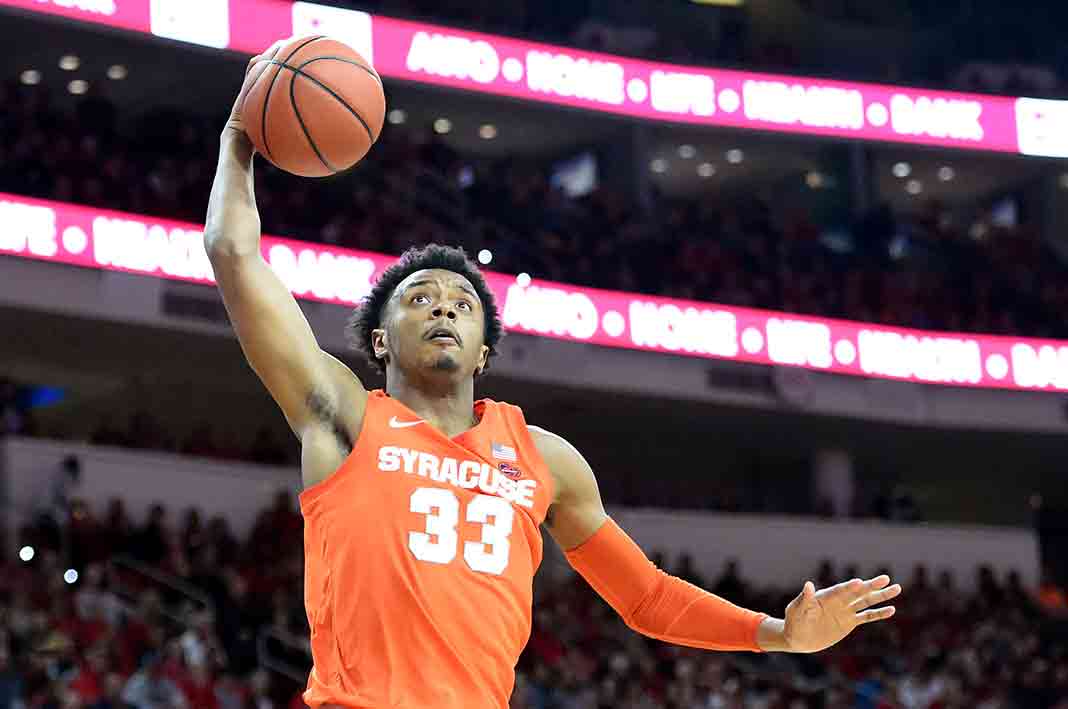
#4 Elijah Hughes, South Kent, East Carolina/Syracuse (Original Ranking #16)
2019-20 Stats: 36.7 min, 19 pts, 4.9 rebs, 3.4 ast, 2.3 to, 1.2 stl, 0.8 blk, 43% FG, 34% 3pt, 81% FT
Hughes was totally under-the-radar when he committed to East Carolina following his junior year at Kennedy High School in New York. Yes, he was putting up big numbers and leading Kennedy to the New York state championship game, but he didn’t play on a sneaker circuit and was virtually unknown in most recruiting circles. At South Kent, he played alongside Tremont Waters, Myles Powell, and Matt Moyer, who was committed to Syracuse at the time. That’s when Syracuse got their first glimpse of Hughes and, like everyone else, recognized what a steal he was for East Carolina. Hughes ended up at East Carolina, but only for a year before transferring to the Orange. He sat out the 2017-18 season, was an immediate impact player in the ACC in 2018-19, and led the conference in scoring this year before declaring for the NBA Draft. While his talent was immediately recognizable back in the fall of 2015, he hasn’t rested on talent alone and made significant jumps with each passing year since.
#5 Miye Oni, Suffield Academy, Yale, Salt Lake City Stars (Original Ranking #39)
2019-20 Stats: 30 min, 12.7 pts, 6.0 reb, 4.2 ast, 2.4 to, 1.2 stl, 0.6 blk, 41% FG, 35% 3pt, 77% FT
When Oni first arrived in New England at Suffield Academy, he was already a clear late-bloomer. He had gone from a 5-foot-9 high school freshman to a 6-foot-5 graduating senior. The one-time Williams College (D3) commit was now pledged to Yale. What we didn’t know back then was that his basketball ascension would mirror his physical progression. Oni spent three years at Yale, winning Ivy League Player of the Year as a junior and leading the Bulldogs back to the NCAA tournament, before declaring for the NBA Draft and being selected 58th overall by the Utah Jazz. He signed a three-year deal with Utah shortly after they drafted him but spent the majority of his rookie season with their G-League affiliate, the Salt Lake City Stars.
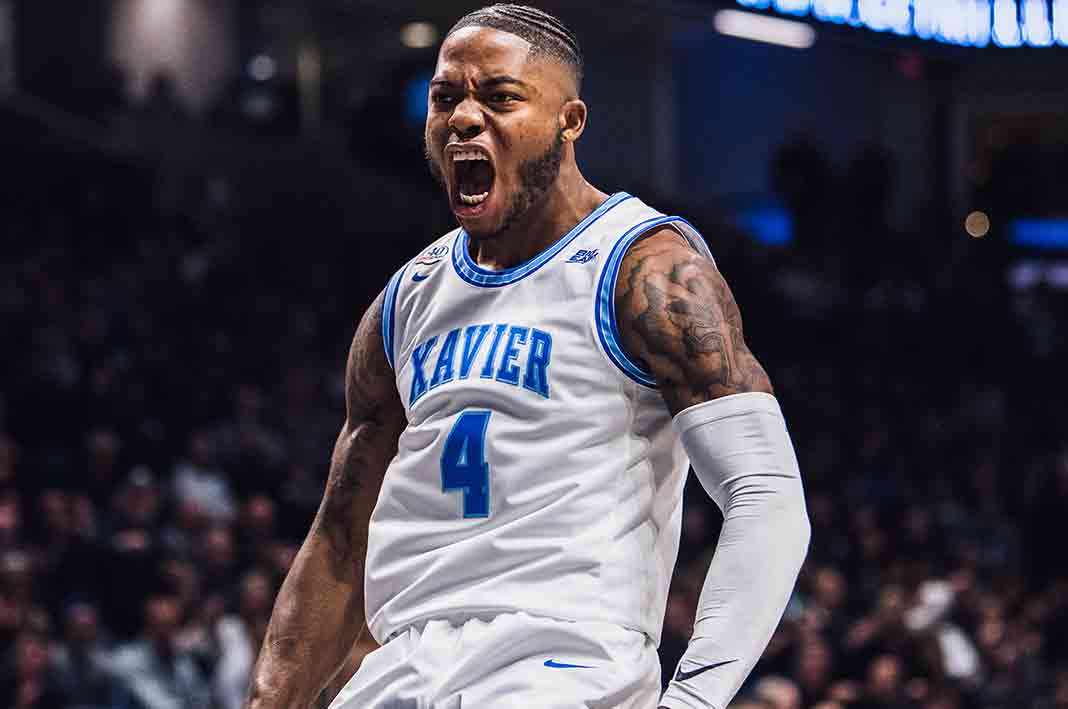
#6 Tyrique Jones, Vermont Academy, Xavier (Original Ranking #8)
2019-20 Stats: 28.2 min, 14 pts, 11.1 reb, 1.5 ast, 1.8 to, 0.8 stl, 0.9 blk, 62% FG, 64% FT
Tyrique Jones was one of college basketball’s best rebounders and grittiest big men. In a day and age where most are looking for a quick fix, he paid his dues at Xavier, embraced an identity of doing the dirty-work, and became known for his high motor. That wasn’t always his reputation coming up the ranks in high school, especially early on, and yet it was his maturation that led him to such a successful college career and an almost certain professional career. His niche of rebounding the ball gives him a chance at the NBA while there will undoubtedly be opportunities to play in other high-profile leagues around the world.
#7 Nathan Knight, Kimball Union Academy, William & Mary (Original Ranking #31)
2019-20 Stats: 29.6 min, 20.7 pts, 10.5 reb, 1.8 ast, 2.6 to, 0.8 stl, 1.5 blk, 52% FG, 31% 3pt, 77% FT
In February of 2019, ESPN analyst Fran Fraschilla asked ‘how did he [Nathan Knight] get out of Syracuse, New York?” That was a fair question given Knight’s productivity at William & Mary from his sophomore year on. The answer though is that it wasn’t just Syracuse, but every high-major program, who passed on Knight. It also wasn’t just high-major programs but sneaker sponsored grassroots programs as well (which isn’t to say he would have left his DC Blue Devils team). The answer is that while Knight was undeniably skilled, he was equally out of shape, and also two inches shorter than his current 6-foot-10 listing (the fact that his 7-foot-2 wingspan was unknown was also a missing ingredient). In other words, he was another late-bloomer (yes that’s a recurring theme) and also one who doubled down on his conditioning and commitment to his body and his game. As a result, he would up being the CAA Player of the Year, CAA Defensive Player of the Year, Mid-Major Player of the Year, and winner of countless other awards.
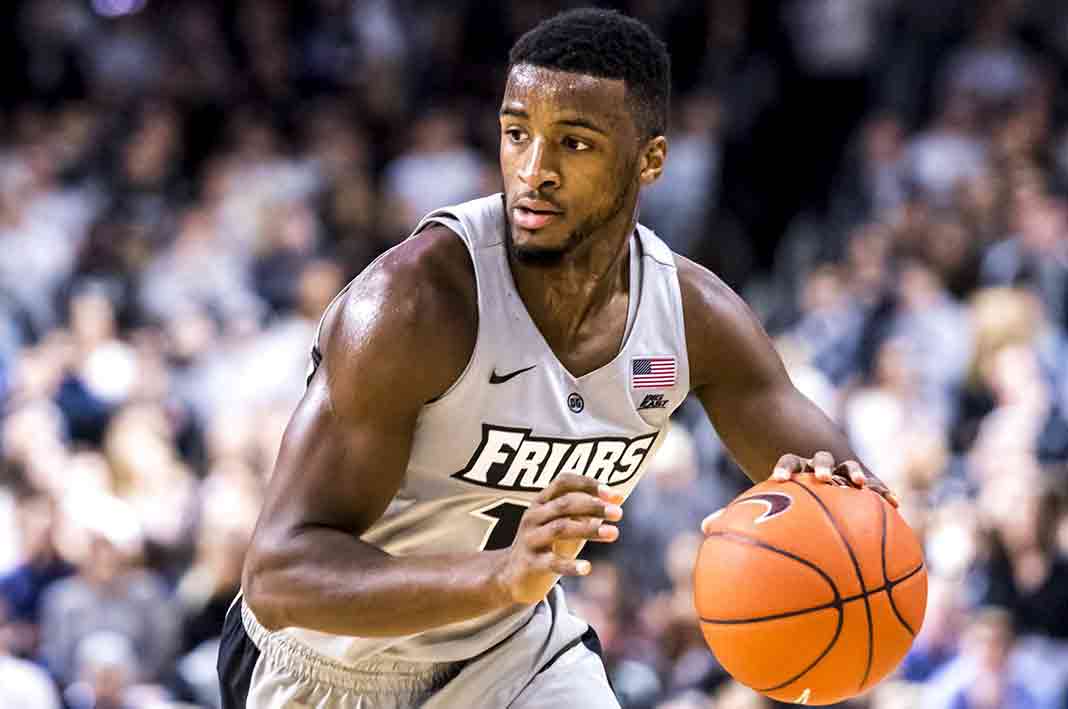
#8 Alpha Diallo, Brewster Academy, Providence (Original Ranking #9)
2019-20 Stats: 32.7 min, 14.1 pts, 7.8 reb, 2.5 ast, 3.0 to, 1.5 stl, 0.9 blk, 41% FG, 31% 3pt, 63% FT
Diallo provided a key commitment for Ed Cooley and Providence back in the fall of 2015. He lived up to the hype early, cracking the starting line-up as a freshman and staying there for the next three-and-a-half years. His senior year though didn’t get off to the start most expected. In many ways, the highs and lows he experienced this season were a microcosm for the Friars as a whole. Ultimately, they played their best basketball when he was at his best as he wound up being the highly impactful Big East player we initially projected.
#9 A.J. Brodeur, Northfield Mount Hermon, Pennsylvania (Original Ranking #14)
2019-20 Stats: 34.6 min, 17.3 pts, 8.9 reb, 5.2 ast, 1.8 blk, 1.1 stl, 50% FG, 72% FT
There was never any doubt that Brodeur was a steal for Penn. He had high-major recruitment over the years and was a model of productive efficiency for NMH. He earned All-Ivy honors in all four years of his college career, was first-team All-Ivy three times, and the co-player of the year in the League as a senior. Brodeur led Penn to the Ivy League tournament in all four seasons of his career, including a championship in 2018 when he was named the tournament’s MVP. In 2019, he led Penn to the Big 5 championship. In short, his arrival, coincided with Steve Donahue’s, has brought the Quaker program back to prominence.
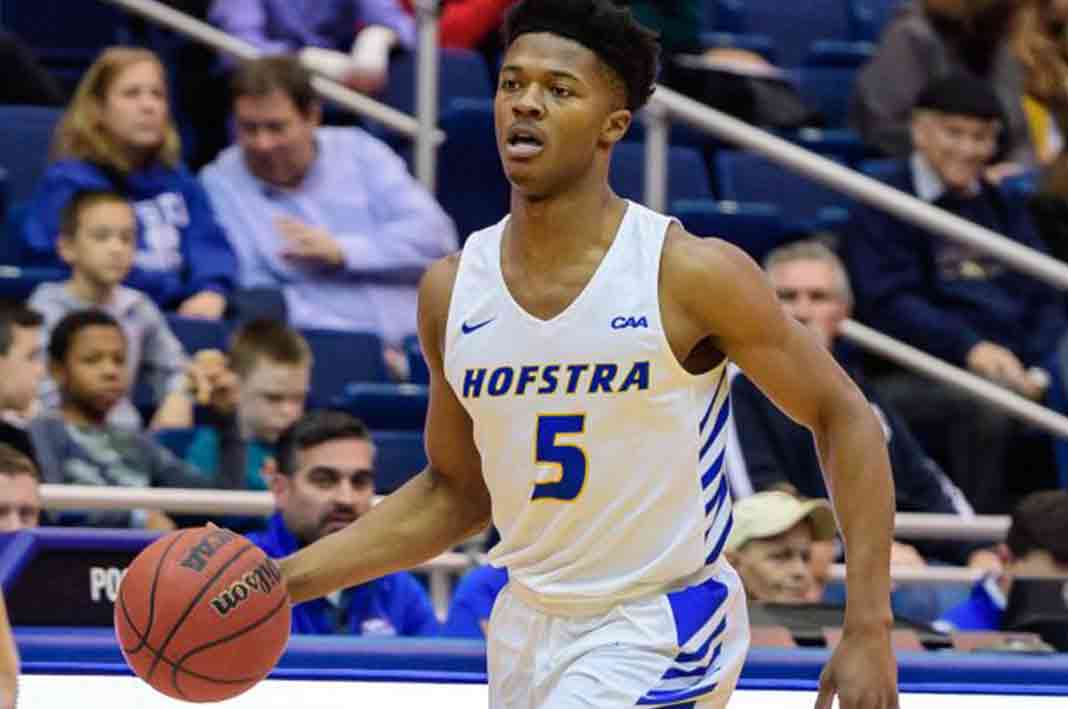
#10A Elijah Pemberton, Cheshire Academy, Hofstra (Original Ranking #20)
2019-20 Stats: 17.6 pts, 5.6reb, 1.9ast, 1.7to, 1.3stl, 45% FG, 38% 3pt, 85% FT
We knew Elijah (now Eli) Pemberton was going to be an impact player for Hofstra as well. That’s why we ranked him where we did, ahead of players committed to places like Northwestern, Boston College, and South Florida among others. Turns out though, we didn’t have him high enough. Pemberton was a four-year starter who finished 9th in Hofstra history in scoring and led Hofstra to a CAA regular season championship as a junior and, what would have been, an NCAA berth as a senior.
#10B Christian Vital, St. Thomas More, UConn (Original Ranking #13)
2019-20 Stats: 32.2 min 16.4 pts, 6.3 reb, 2.6 ast, 2.5 1stl, 40% FG, 35% 3pt, 89% FT
Vital teamed with Spellman to form one of prep school basketball’s most potent duos at St. Thomas More after transferring from Vermont Academy. He originally committed to UNLV, but re-opened his recruitment after a head coaching change and committed to UConn that April. While his four years in Storrs have aligned with difficult times for the Husky program, he was a three-year starter who helped to right the shift under Dan Hurley and played his best basketball of his career in the final weeks of this season, scoring 20+ points in 6 of the team’s final 7 games and helping the team to a 9-3 record down the stretch. His toughness was always his best attribute, but it was oftentimes his biggest weakness too. He finally learned to harness it down the stretch, and UConn played their best basketball in years because of it.
For more from Adam Finkelstein, visit and subscribe to The Upside podcast on YurView.com. Catch his recent interview with Dr. Scott Brooks.
You can also follow Adam Finkelstein on Twitter: @AdamFinkelstein



